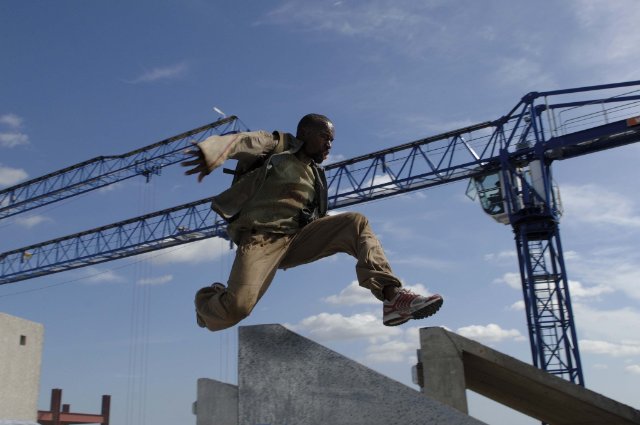
*
Fear is ever present in our modern society. Isn’t it ironic? Most people in rich countries live in the midst of civilization so that there is no thirst or hunger. We don’t face predators that could kill us.
Even the risk to die by accident is relatively small compared to most other times in human history. Yet we’re more fearful than ever it seems.
Anxiety and fear are like the modern plague despite all of that comfort and security.
This is of course a bit of a paradox. How come that all that protection we get from our well heated or air-conditioned homes, our fire fighters and doctors, our police and military can’t make us stop experiencing fear?
Does our high living standard in the West make us more vulnerable to cowardice?
- Are we afraid of fear itself in the end?
- Does it make sense to stop feeling fear?
- Isn’t fear a warning mechanism after all?
I won’t be able to answer all the questions here in a short article but I wanted to rephrase those that are common today and make an attempt to explain how it’s possible to overcome fear.
Fear Sucks – Let’s Get Rid of it

First off let’s assume that fear is somehow negative – as most people do not enjoy living in fear. In reality fear is also helpful but let’s focus on overcoming it first.
Let’s also agree that it’s a worthwhile endeavor to try to overcome fear. Can fear even be extinguished completely? Is it even desirable?
Yes, there are basically three ways to overcome fear.
Two of them are not for most of us or sound desirable. The third one is probably what you’re after and I will focus on in this post:
1. Brain damage – We know that brain damage caused by accidents that affect the so called amygdala part of the brain can result in a significant reduction of threat responses.
In simple terms it means that we won’t get scared by a snake anymore but instead react in a neutral way when a particular part of the brain has been debilitated. It’s a an actual disability.
2. Spiritual enlightenment – In Zen Buddhism and many other traditions spiritual enlightenment is “achieved” when someone sheds the ego completely and becomes literally one with the universe.
Thereby that person realizes that the body is only a vessel for universal consciousness that never dies and thus loses fear along with most other reasons to suffer.
Only very advanced practitioners of meditation usually get that far after years or rather decades of practice.
3. Regular practice – Hereby I don’t mean meditation practice as in the point above – while that of course is helpful – but the practice of facing fears or rather practicing what you are afraid of.
This way you learn to trust yourself and your abilities thus losing the fear of formerly dangerous situations. This is what people do in martial arts, skydiving and also parkour/freerunning.
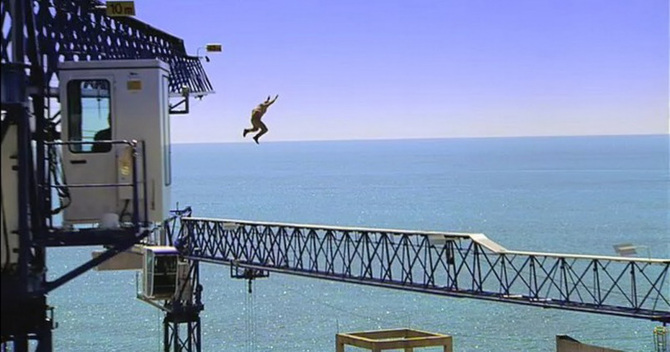
**
Wide Spread Fear Types
Let’s take a step back and look at some common types of fear many if not all of us face on a regular basis.
These are also the kinds of fears that are highly likely to appear when you start training an “extreme sport” like parkour/freerunning.
Of course it’s only extreme for average people. For well trained athletes it’s pretty commonplace.
- Fear of looking stupid
- Fear of failure
- Fear of heights
- Fear of hurting yourself
- Fear of death
- Fear of the future (anxiety)
Covering all of these fears in a blog post would result in a shallow article so I will focus on the first three as I made significant progress regarding those thanks to my regular parkour training.
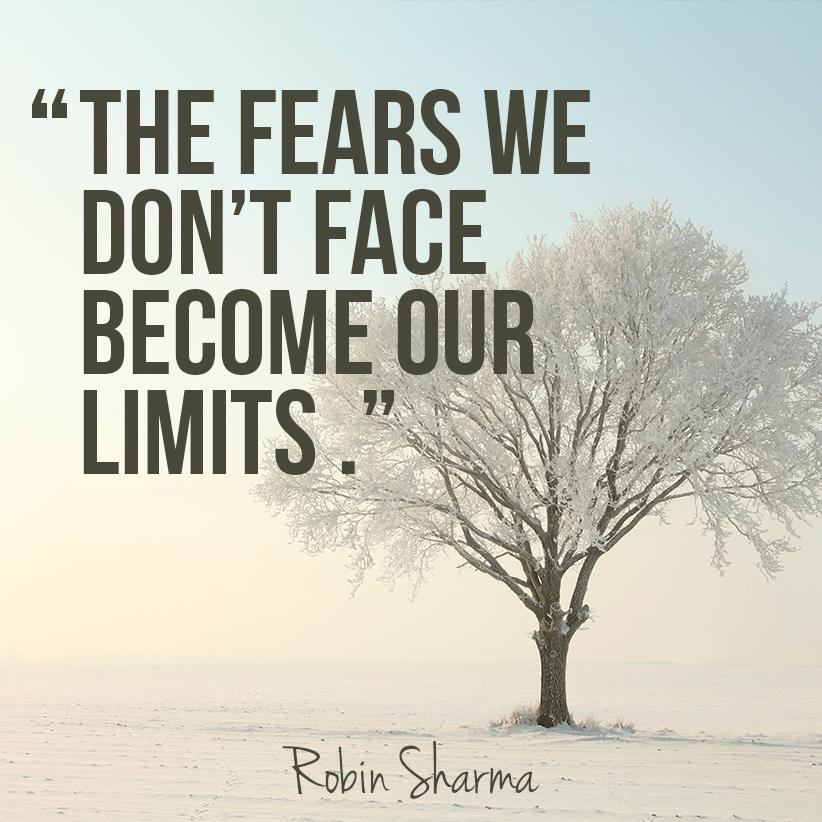
Looking Stupid
The “fear of looking stupid” is something beginners often experience when trying something new while others who are more advanced watch. It’s basically the imagined opinion of others.
You think that other people watch you and judge you. This is of course true sometimes but in most cases it’s exaggerated. Our mind is playing tricks on us by overemphasizing our importance.
We do indeed look stupid sometimes when we fail spectacularly but most of the time nobody cares. They are preoccupied with their own life.
We believe others are meticulously controlling us and assume that they not only are better at whatever we do but also look down on us. As you see there is a whole lot of imagination involved.
As kids we experience that situation from time to time. Sometimes teachers or parents can also make it worse.
Failure
Unless we never tried anything new in our entire life we failed in the past numerous times. As kids we didn’t even notice most of times we fell. We just got up again and kept on trying.
We sometimes hurt ourselves and cried a bit just to get comforted or encouraged to try again. Some parents who did it wrong cried out in shock as well or were afraid that we injured ourselves.
This way we learned that it’s painful or dangerous. Next time we were either more careful or fearful. In the worst cases we stopped trying.
There is no such thing a failure. It’s just judgement again.
We judge ourselves based on the ideals we adopted from our
- parents
- other people
- “society in general”
We either win or learn a wise person once said. The only real failure is the failure to try at all. Don’t be be afraid to fail, be afraid not to try.
Edison, the guy who invented the light bulb is rumored to have said that it took him some 10.000 attempts until he finally got a working one:
“I have not failed. I’ve just found 10,000 ways that won’t work.”
Again you only you think you fail in most cases because you compare a desired outcome to a non-perfect reality.
“Comparison is the thief of joy” a saying goes. Science has proven it.
Affluent people who lived a very expensive area where their neighbors were even richer than them felt less happy than participants who earned the same amount of money but lived in an area where other inhabitants aren’t significantly wealthier. Thus
when trying to mitigate the fear of failure you need to manage your expectations first.
Don’t compare your humble beginnings to the happy ending of some Hollywood stars you see on the big screen. Don’t even compare yourself to the streamlined lives you see on Instagram.
Heights
Fear of heights is a type of fear that may sound helpful as it allows you to avoid situations where you could fall and hurt or kill yourself. Yet some people also experience in when standing on a balcony in a perfectly safe environment.
When watching parkour videos you will often see people jumping from rooftop to rooftop
or performing handstands on ledges on top of skyscrapers. You may wonder how these people manage to keep their fear of heights in check. Aren’t they reckless or even suicidal?
One of the most famous parkour scenes in a movie, the James Bond chase scene from Casino Royale – starring freerunning “founder” Sebastien Foucan features jumping from a ridiculously high crane to another.

***
This movie stunt has been filmed in real life. No CGI special effects were used to fake the heights.
As far as I remember there was the real possibility of death and no safety-net big enough to use it.
I recount Sebastien talking about his fear of heights he had to overcome on set to be able to perform it.
Fear of heights also stems from your imagination. You know that falling down could kill you.
Yet when you consider the fact that even falling from the 3 or 4 floor can be deadly the additional height becomes less relevant.
Just falling from a two or one story building can result in killing yourself when you land on your head or back.
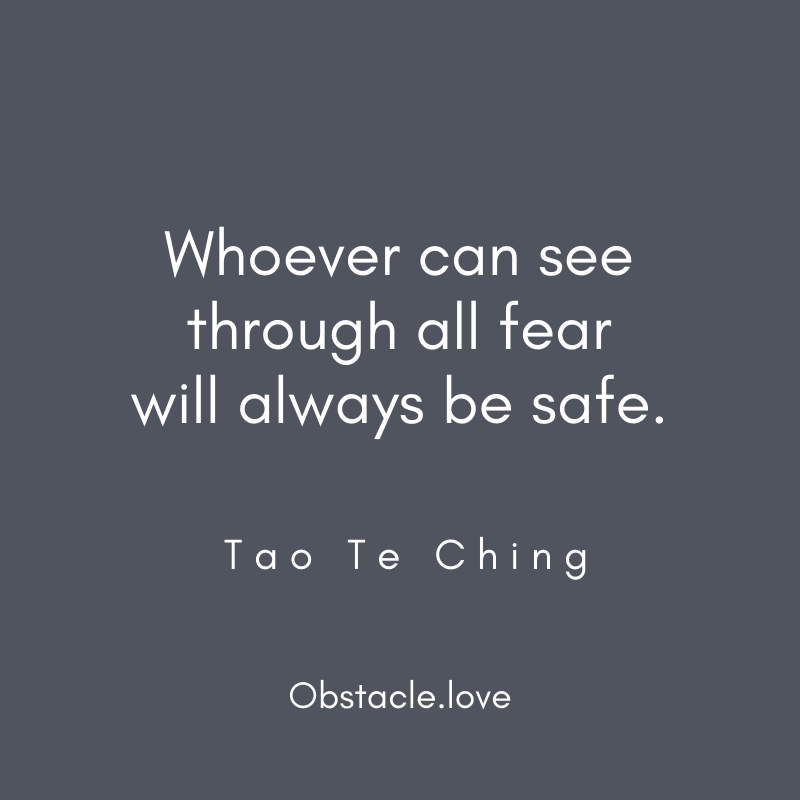
One of my favorite parkour/freerunning athletes – Ronny Shalvis – has both written about overcoming fear and also made a video explaining his methodology to overcome fear. Yes, that’s the guy who made Spiderman parkour on real life among others spectacular videos.
For height he recommends a simply trick involving your imagination – reimagining height as depth. He imagines that a building is not high but far as if he would look horizontally instead of vertically.
Jason Paul of Team Farang also suggests to use the babystep technique [sic!]. It’s simply about adding a bit more height every day, week or month – depending how fast you progress with a particular challenge.
You can be like Sebastien. Apparently you can move like a superhero or even dress up as one and look realistically like Ronnie.
When you walk the walk or rather jump the jump like one you may become an actual superhero:
Dangerous Stunts?
I already suggested some “easy fixes” for the common types of fears but let me also recount my personal experience with gradually overcoming the fear of looking stupid, the fear of failure and the fear of heights.
Consider the fact that I’m not a well known stunt performer.
I don’t even climb on roofs or post videos to YouTube. I’m just an average guy training parkour in his free time or rather I make time for parkour to feel better and become healthier. Despite of that
sometimes people ask me whether I want to commit suicide while I’m training parkour.
Some people tell me that what I’m doing is dangerous or try to talk me out of my “suicide attempt”. Just recently some 10 year old kids told me that balancing on a rail along a canal is “dangerous”. These
kids already have been taught to be fearful by their parents or teachers.
Strangely enough their teacher didn’t say anything. They were on the way to the gym from the local elementary school from around the corner. The teacher probably knows that not moving at all is by far more dangerous than moving and even risking injury.
Why It’s Not Dangerous for Me
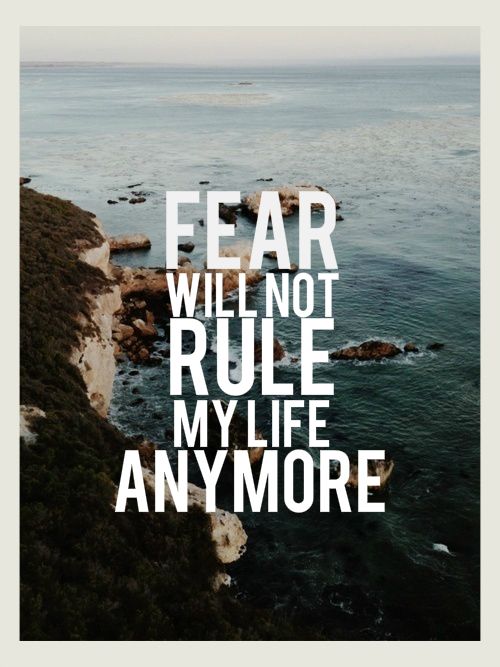
I was already running “away” but I did indeed respond saying “it’s dangerous for you but not for me”. I could have added that I balance on that rail almost daily for like four to five years
- no matter the weather
- whether I’m tired or not
- even when dealing with an injury etc.
This particular rail is very broad and the risk is very low but because there is a canal below and the edge is a rather steep slope you can’t simply land on it actually looks dangerous for the weak and fearful.
There is a perfectly safe sidewalk on the other side though. Why focus on the negative?
What the kids also don’t know is that I balance every day whenever I go. It sometimes looks funny when a grown man does that but I don’t care.
I still remember the days when I couldn’t do this because of weak and flat feet rendered almost immovable due to an extremely sedentary lifestyle.
I also balance on rails that are much harder to walk on because they’re round or very narrow.
In such cases I only do it in places where i can jump down. On the rail that was dangerous I can also drop to the side. Is just need to drop to the right side, not the one leading down to the canal.
This is already the first and foremost way of how I deal with fear. Ongoing practice in manifold places and multiple degrees or difficulty but also regular practice in the same places over and over under varying circumstances.
In fact sitting kills you as NASA doctors have found out after years of studies with astronauts and beyond.
Every time you sit or lie down without proper movement prior or after that you invite muscle atrophy.
You also risk all kinds of heart conditions and even cancer types because your whole body literally degenerates the moment you arrive in your proverbial comfort zone.
Not Moving at All Kills You for Sure
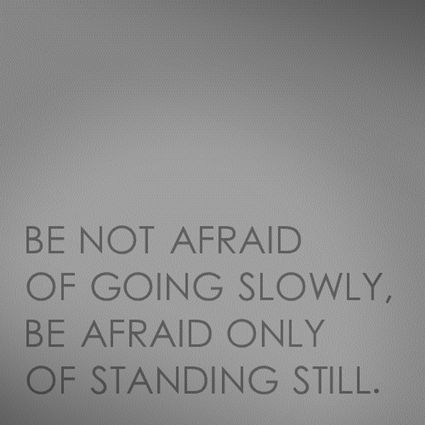
Knowing that lack of movement actually hurts yourself for sure while movement can lead to injury potentially but the likelihood is pretty small can also help you assess and compare the risks involved.
I was fully aware of the risks involved in parkour and sitting from day one when I started out training.
Sitting in front of the screen for most of the day made me feel like an old man even though I was still meant to be in my prime. I felt like an old man in his sixties not like someone in his thirties.
My father was healthier in his sixties than I was in my thirties.
I also realized that the founders of parkour like Sebastien Foucan and David Belle where almost exactly my age and performed in Hollywood action movies or worked as stunt men and coordinators.
The first few weeks were particularly difficult because of my poor state of health, lack of strength, flexibility and agility.
Instead of the typical “strong man” approach still very popular in parkour circles I started low and slow.
I didn’t even start to learn the parkour roll until after 3 months of training because I was still terrified.
When I finally decided to learn the parkour roll, I didn’t do it on concrete but less rigid surfaces.
In my case I was lucky to have a place nearby where the ground is covered with tartan like a regular sports stadium.
Most other people can start on grass or even sand. I didn’t even start with the roll but began with a progression but learning to roll back and forth with a curved back for a while.
Nowadays I love rolling. I even train the dive roll underbar where I roll through obstacles. I still hit my knees or back sometimes so again I do it on Tartan and low obstacles.
I also try to roll on smaller surfaces like benches but here also I tend to fall sideways off the obstacle which can come unexpected so that I train it on small benches almost on ground level.
In some cases I had commit from the start though. There is no way to learn the vertical wall run without running at the wall.
I started doing at a ridiculously low wall where nobody looked at me and ran at it again and again almost daily until I lost fear completely.
Today the wall run is my favorite move, simply because it allows you to overcome large obstacles with little effort.
It’s efficient and effective at the same time. I have never seriously hurt myself doing the wall run even though I had a fair share of failed attempts when trying to scale high walls of about 3m height.
Every time I managed not to hurt myself, not even to fail or look stupid I gained more self-confidence.
Whenever I stop training a particular move for a while and then return to it after weeks or months I have to regain it once again though.
What are the key ingredients of overcoming common fears then?
- regular practice
- starting low and slow
- commitment
- assessing risks
- gaining self-confidence
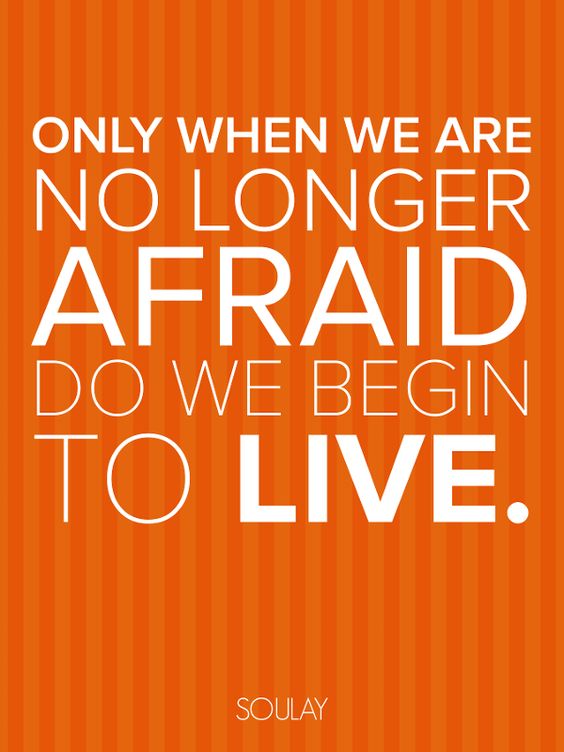
Progress
One thousands small steps make a huge leap they say in parkour. This strategy also works for life in general.
The same steps can be applied to any other obstacle whether physical, mental or even spiritual.
In a way consistent practice and constant repetition helps with all fears.
Time after time you realize that nothing happened – that you are still alive and healthy or rather feeling better every day.
There will be setbacks and bad days but when you persevere for long enough all of the little things will sum up.
While training you will already feel like a superhero even when performing fairly basic moves.
It’s because they feel even better than they look, especially when you were a wimp before like I was. I’m still no Yamakasi aka strong man but wait until I’m 50 or 60! Time passes anyway. It’s just about how you use it.
Did I mention that I already lost 30 pounds and I’m just bone and muscle now? I didn’t even try hard to lose weight or something. Most of my redundant fat has been transformed into muscle mass.
On my way to becoming a vegan I dropped meat and dairy gradually which additionally made me more lean.
*,**,*** Stills from the motion picture Casino Royale